Don't Overpay for a Olympus E-M5 SD Memory Card
- Nathaniel Stephan
- May 31, 2025

Table of Contents
The original Olympus E-M5, from 2012, uses SD memory cards. It can use cards up to 2TB in capacity.
Any card with UHS-I will be fast enough.
128GB is the best value per GB. A 64GB card will likely be large enough.
Do not buy an expensive UHS-II card. The E-M1 is not compatible with them. It can’t use the extra speed.
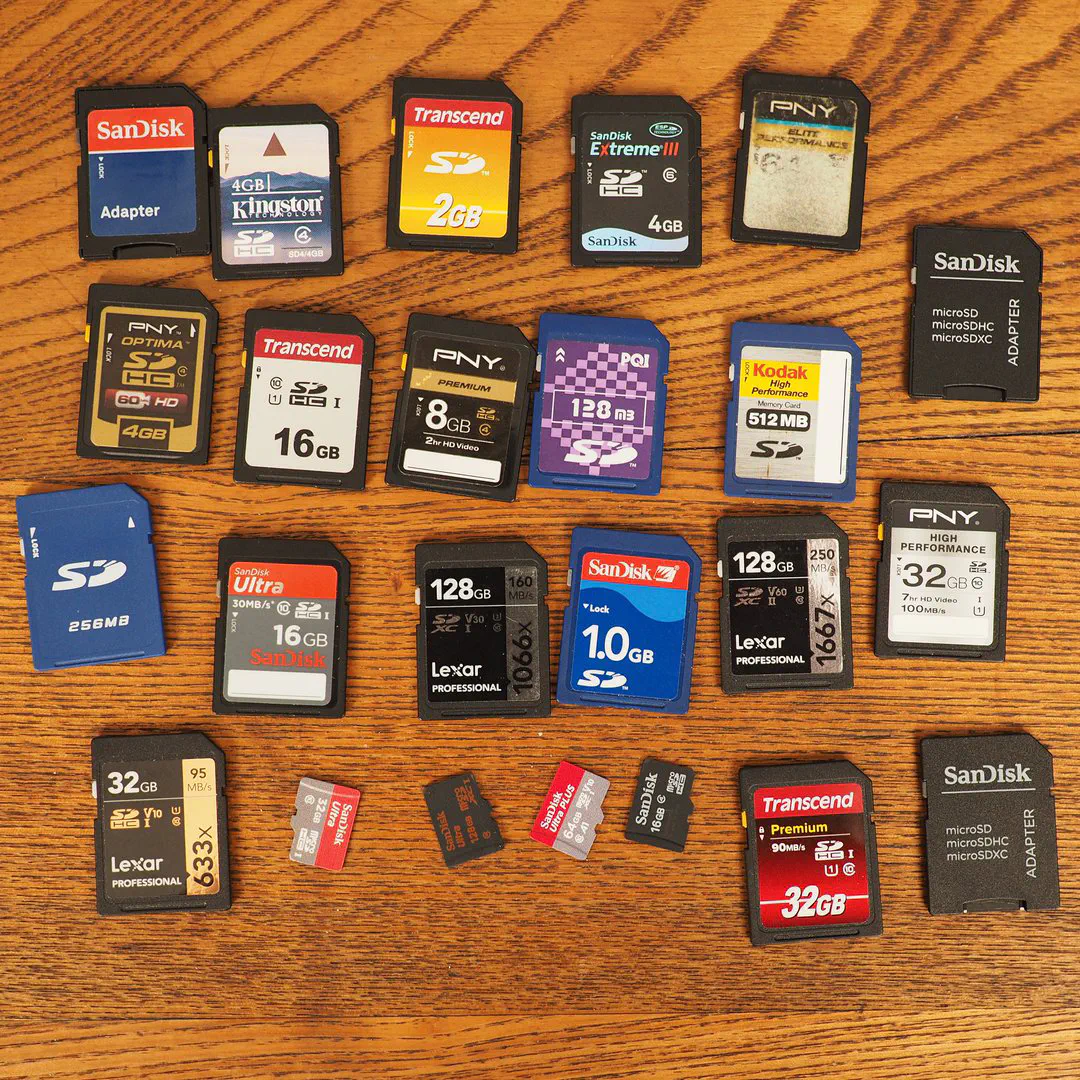
Recommended SD Cards
Any new card will be fast enough for photos and video.
Don’t pay for a super fast card. The E-M5 can’t write data that fast.
Don’t buy a UHS-II card. It will work, but the E-M5 can’t use the extra speed.
Don’t buy a used card. There is no way to find out how much life is left.
Affiliate Advertising Disclosure
Outside the Shot is a participant in the Amazon Services LLC Associates Program, an affiliate advertising program designed to provide a means for sites to earn advertising fees by advertising and linking to Amazon.com. As an eBay Partner, I may be compensated if you make a purchase. I also participate in affiliate advertising programs with KEH and Adorama. More can be found on the Affiliate Disclosure page.
Lexar Professional 128GB
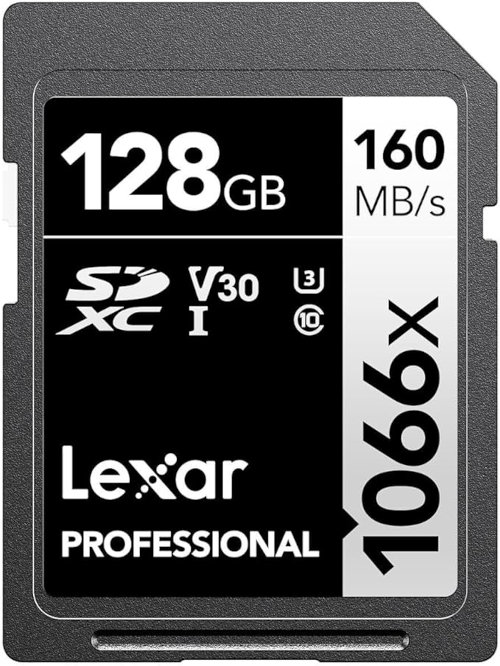
- UHS-I, U3, and V30 Speed Rating. Can sustain 30MB/s write speeds.
- Excellent choice for photos.
- Capable of recording 4k Video.
- Larger capacities are available.
SanDisk Ultra 64GB
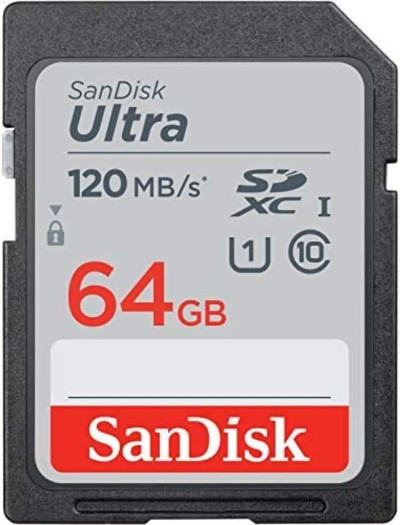
- UHS-I, U1, and Class 10 Speed Rating. Can sustain 10MB/s write speeds.
- Excellent choice for photos.
- Capable of recording Full HD (1920x1080) Video.
- Inexpensive with more than good enough performance.
- Larger capacities are available for a reasonable price.
PNY Elite-X 128GB SD Card
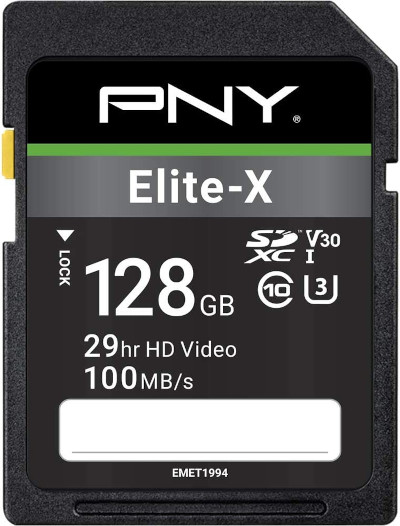
- UHS-I, U3, V30, and Class 10 Speed Rating. Can sustain 30MB/s write speeds.
- Good for burst shooting photos and recording 4K video.
- Larger capacity cards are available.
- Reliable & Durable: Magnet Proof, Shock Proof, Temperature Proof, Waterproof.
SanDisk Extreme PRO 128GB
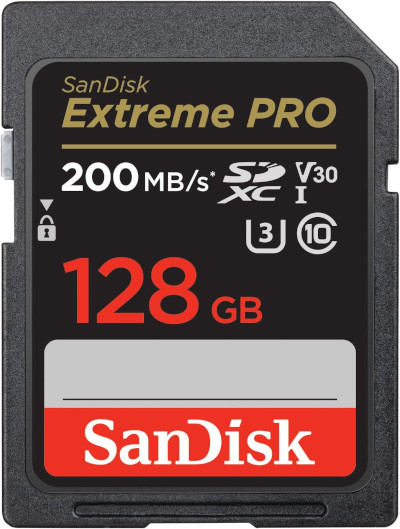
- Comparatively expensive for faster read speeds.
- UHS-I, U3, V30, and Class 10 Speed Rating. Can sustain 30MB/s write speeds.
- Only makes sense for professional use or if you need the largest storage capacity available.
- Temperature-proof, waterproof, shock-proof, and X-ray-proof.
Card reader should have tails

Future proof features:
- USB-C 3.1 or 3.2
- UHS-II Compatible
- Has a Tail
It’s super annoying when a card reader blocks other ports. They can also be built-in multi-port dongles or be able to read multiple types of memory cards.
Multi-card readers can do newer memory cards like CFExpress. If you’re into older cameras, a USB 2.0 26-in-1 memory card reader might be for you.
- Memory Stick (Sony)
- xD (Olympus)
- CompactFlash (Old Nikon, Canon, Pentax)
Olympus E-M5 SD Card Compatibility
The Olympus E-M5 is compatible with the SD, SDHC, and SDXC standards.
Check to make sure the camera has the latest firmware.
The newest SDUC cards will not work with the E-M5. They are too large.
- SD (Secure Digital) - 128MB to 2GB.
- SDHC (Secure Digital High Capacity) - 4GB to 32GB.
- SDXC (Secure Digital eXtended Capacity) - 64GB to 2TB.
- SDUC (Secure Digital Ultra Capacity) - 4TB to 128TB.
Image Capacity

Here’s the approximate image capacity for high-quality JPEGs from the 16 megapixel sensor:
- 32GB - 6,600
- 64GB - 13,200
- 128GB - 26,400
- 256GB - 52,800
- 256GB - 105,600
Card Speed Class

Class rating is determined by sustained write speed. The rating will be shown as a number inside of a C on the label.
For example, as card that could write data at 5MB/s would get a Class 4 rating.
Class 10 card are likely much faster than 10MB/s. That’s why there are additional ratings for high resolution video.
- Class 2 - 2MB/s
- Class 4 - 4MB/s
- Class 6 - 6MB/s
- Class 8 - 8MB/s
- Class 10 - 10MB/s or faster
Ultra High Speed Bus (UHS)

Don’t pay more for a UHS-II card. The E-M5 can’t take advantage of them.
The 3 versions of Ultra High Speed bus (UHS) allow for faster read and write speeds.
The rating is shown as a Roman numeral I, II, or III on the card label.
- UHS-I - Maximum transfer rate of 104 MB/s
- UHS-II - Maximum transfer rate of 312 MB/s
- UHS-III - Maximum transfer rate of 624 MB/s